Explore the Best AI Image Gallery
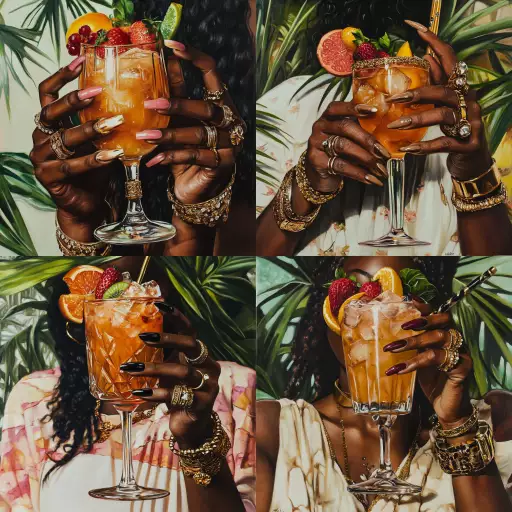
Beyond Pixels: Blockchains Transformative Touch on the Creative Industry
The realm of creativity has always been synonymous with innovation, pushing boundaries and exploring uncharted territories. Today, a new force is shaping this landscape – blockchain technology.
No longer confined to the world of finance, blockchains decentralized and transparent nature offers exciting possibilities for artists, musicians, writers, and creators of all kinds. This transformative technology has the potential to revolutionize how creative works are produced, distributed, and valued.
Unlocking New Avenues for Creative Expression
Blockchain empowers artists by providing them with direct control over their creations. Smart contracts, self-executing agreements coded onto the blockchain, can automate royalty payments, ensuring that creators receive fair compensation every time their work is sold or licensed. This eliminates the need for intermediaries and empowers artists to build sustainable careers.
A Marketplace Built on Trust and Transparency
One of the most significant impacts of blockchain is its ability to foster trust and transparency in the creative marketplace. Each transaction, from the creation of a digital artwork to its sale or transfer, is recorded immutably on the blockchain, creating an auditable trail that prevents fraud and counterfeiting. This transparency builds confidence among buyers and collectors, knowing that the art they acquire is authentic and verifiable.
NFTs: A New Era for Digital Ownership
Non-fungible tokens (NFTs) have emerged as a game-changer in the digital creative space. NFTs represent unique digital assets, such as artwork, music, videos, or even virtual collectibles. By tokenizing these creations on the blockchain, artists can establish verifiable ownership and scarcity, transforming digital art into tradable assets.
NFTs have opened up entirely new revenue streams for creators. Artists can sell their work directly to collectors, bypassing traditional galleries and auction houses. This empowers them to reach a global audience and connect with fans in unprecedented ways.
Navigating the Ethical Terrain
As blockchain technology permeates the creative industry, its crucial to address the ethical considerations that arise.
Copyright and Intellectual Property
Blockchain can help protect intellectual property rights by providing a permanent record of ownership and provenance. However, its essential to ensure that copyright laws are adapted to the unique nature of digital assets and NFTs.
Data Privacy and Security
Blockchain transactions are typically pseudonymous, but data associated with users and their creative works needs to be protected from breaches and misuse. Implementing robust security measures and adhering to privacy regulations is paramount.
Accessibility and Inclusivity
Its important that blockchain technology does not create barriers to entry for underrepresented creators or communities. Efforts should be made to ensure that the benefits of this technology are accessible to all, fostering inclusivity and diversity in the creative ecosystem.
The Future of Creativity: A Blockchain-Powered World
Blockchain technology is poised to revolutionize the creative industry, unlocking new possibilities for artists, innovators, and audiences alike.
Immersive Experiences
Blockchain can enable immersive and interactive experiences, blurring the lines between the physical and digital worlds. Imagine attending a virtual concert where NFTs represent unique access to different stages or interacting with art installations that respond to your movements.
Decentralized Creative Communities
Blockchain fosters collaboration and community building. Decentralized platforms can connect creators from around the globe, enabling them to share ideas, collaborate on projects, and build supportive networks.
New Forms of Artistic Expression
Blockchain will continue to inspire new forms of artistic expression. Imagine generative art that evolves based on blockchain data or interactive narratives where users influence the storyline through their participation.
As we venture deeper into this exciting era, its clear that blockchain technology has the power to reshape the creative landscape, empowering artists, fostering innovation, and unlocking a world of boundless imagination.
](https://images.ai-img.art/thumbnails/150/2ebdeb4f7db35100e5be5de9bc3e533a40d14e5feedefd7ffc586524a0f3ba8c.webp)




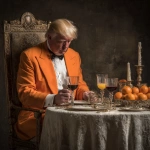
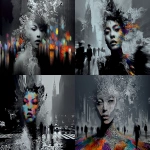
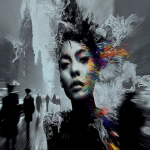



](https://images.ai-img.art/thumbnails/150/ff09e32d2be011c0dd785984c5c1e47839ce551a31da1bde242860b30df2aa30.webp)


](https://images.ai-img.art/thumbnails/150/685ae68cfab93a7e59a71206867b060c45bd6fd3cd561c4fe60fca514b09c5f8.webp)










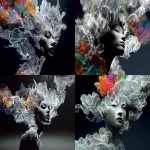

](https://images.ai-img.art/thumbnails/150/847809c77ca9a73b68bc190e6efb06fec87157685a243730d5a66a403b0e6e10.webp)



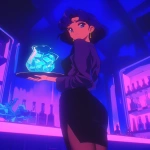
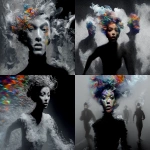

](https://images.ai-img.art/thumbnails/150/a3ed6513a6661aa3ee46e0c2924d1e8888854e91d8908de39db5590dc41f8d8f.webp)
](https://images.ai-img.art/thumbnails/150/bd056a4718c27444e064198762f8dc8ffa1f74f1afd7dcda8d5cb8b142797d6e.webp)



](https://images.ai-img.art/thumbnails/150/0ba0be922ab76af53f75ab90126ae2b18a600ee3b96941e8ab897a9f10594e5a.webp)



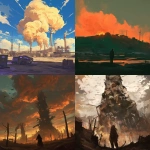





](https://images.ai-img.art/thumbnails/150/7cf5a08238f29c821f52bb4f63db48af0b7f633ff3b9f7253074d78ced9ff6f6.webp)